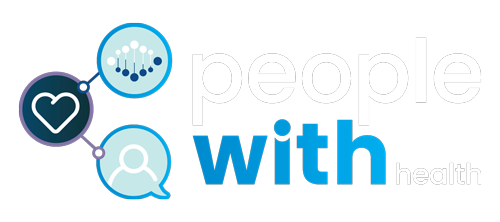
Article By: St. Elizabeth Healthcare
READ ORIGINAL ARTICLE
During a stroke, every second counts. That’s why quick access to leading-edge stroke care can be a lifesaver.
Stroke Warning Signs and Symptoms
If you or a loved one have ever experienced a stroke, you know first-hand that it can be a harrowing experience. A Stroke is also the primary cause of long-term disability, especially in patients ages 65 and older.
There is a silver lining: quick access to stroke-cantered medical care can be the difference between life and death – or long-term disability.
“During a stroke, quick action is important as treatments for a stroke are time-dependent,†says Dr. Webb. “The quicker stroke treatment is given, the chances of preserving brain tissue increases and the chance of disability lessens.â€
Knowing the warning signs of a stroke can help you take action. Stroke signs and symptoms can include:
· Bad headache.
· Confusion.
· Loss of balance.
· Numbness.
· Suddenly uncoordinated.
· Vision changes.
If you or a loved one are experiences the sudden onset of any of the following symptoms, it’s important to get help quickly. Use the BE FAST acronym to assess the situation:
· Balance: sudden difficulty with balance.
· Eyes: blurry vision, sudden loss of sight.
· Face: one side of the face droops when smiling.
· Arms: weak or numb arm.
· Speech: slurred speech or difficult to understand.
· Time: time to call 999
“If patients are eligible, they can receive IV tPA or “clot-busting†medicine to help reduce the impact of a stroke,†says Dr. Webb. “The team can also determine whether or not an intervention can be used to remove clots in large blood vessels in the brain.â€
Stroke Risk Factors
Is it possible to prevent a stroke? Not exactly – but you can significantly lower your risk factors of having a stroke.
You can modify and control risk factors through diet, exercise, or medication. These include:
· Being overweight.
· Diabetes.
· Excessive alcohol use.
· Hyperlipidaemia (high cholesterol).
· Hypertension (high blood pressure).
· Sedentary lifestyle.
· Tobacco use/smoking.
If you’re interested in lowering your stroke risk factors, schedule an appointment with your primary care physician. Together you can create a plan to help you achieve and maintain a healthy lifestyle.